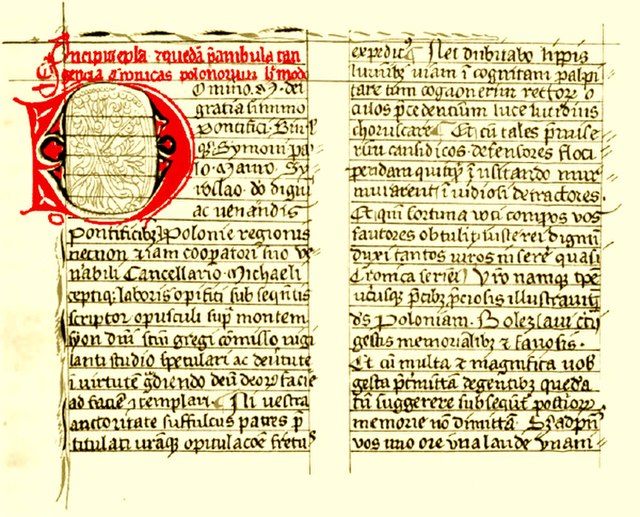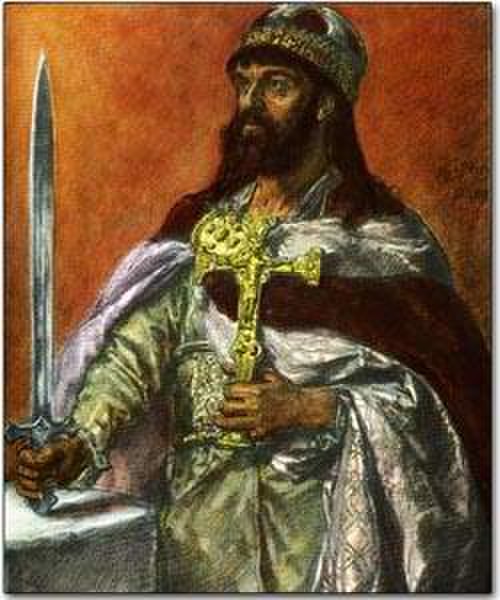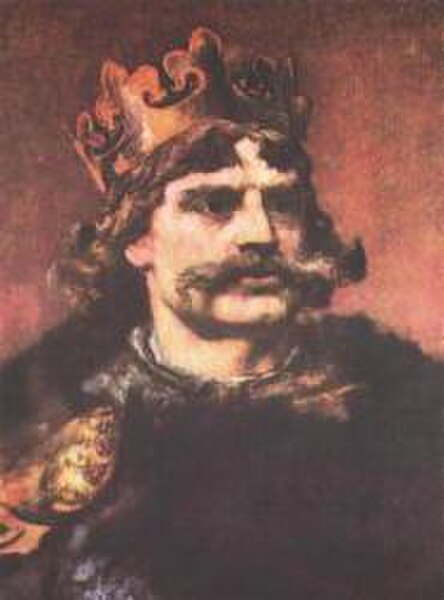History of Poland during the Piast dynasty
The period of rule by the Piast dynasty between the 10th and 14th centuries is the first major stage of the history of the Polish state. The dynasty was founded by a series of dukes listed by the chronicler Gall Anonymous in the early 12th century: Siemowit, Lestek and Siemomysł. It was Mieszko I, the son of Siemomysł, who is now considered the proper founder of the Polish state at about 960 AD. The ruling house then remained in power in the Polish lands until 1370. Mieszko converted to Christianity of the Western Latin Church in an event known as the Baptism of Poland in 966, which established a major cultural boundary in Europe based on religion. He also completed a unification of the Lechitic tribal lands that was fundamental to the existence of the new country of Poland.

Important early stages in the history of the Polish state and church took place on the island of Ostrów Tumski. Remnants of the original palatium–chapel complex of Poland's first Christian ruling couple have been found beneath the church in the foreground. The Poznań Cathedral is located on the right.
An image on the Gniezno Doors at the entrance to Gniezno Cathedral depicts Bolesław buying Adalbert's body back from the Prussians
Mieszko II shown allegorically with Duchess Matilda of Swabia
St. Andrew's Church in Kraków (built in the 11th century)
The House of Piast was the first historical ruling dynasty of Poland. The first documented Polish monarch was Duke Mieszko I. The Piasts' royal rule in Poland ended in 1370 with the death of King Casimir III the Great.
Deeds of the Princes of the Poles
Image: Mieszko Dagome
Image: Chrobry 1
Image: Mieszko II








